The Story Of The Plymouth Fury, A Seven-Generation Car.
It has been 20 years since Plymouth went out of business, and we still talk about its marvelous designs. The famous American brand had its ups and downs over the course of more than 90 years of operation (much like most other car manufacturers), but it also delivered incredible cars and earned a special place in customers’ cars. This is especially true for the muscle car era.
The frenzy that spread over the entire automotive industry in the 60s didn’t bypass Plymouth. The brand produced more than a few admirable muscle cars, including the Road Runner, the Superbird, the Barracuda, the Duster, and many others. Another notable model was the Plymouth Fury, a full-sized car produced from 1955 to 1989 that we plan to explore today.
The Plymouth Fury started as a subseries of the Belvedere, but it became a separate series soon after. The car saw many design changes over the more than 30 years of production, always finding a way to meet shifting customers’ needs. One of the generations that maybe gained the biggest update in both specs and styling was the fourth one, produced from 1965 to 1968.
Let’s see together how the 1968 Plymouth Fury stood out from its older siblings and how well it ranked on the market at the time.
A Look Back At The 1968 Plymouth Fury
As mentioned, the Fury was first a subseries of the Plymouth Belvedere, bearing V8 engines in a two-door hardtop body with anodized aluminum edging. The 1957 models got the first big redesign. They became longer and wider and got a 318 cubic-inch engine with 290 horsepower. The year after that, the standard engine became a big block 350 cubic-inch one, called Golden Commando. It produced 305 or 315 horsepower with fuel injection. The Plymouth Fury grew quickly.
The official first generation of the Plymouth Fury came in 1959 as a four-door sedan, two-door hardtop, and four-door hardtop. There was also a top trim called the Sport Fury — it was a two-door hardtop and a convertible that proved to be very popular at the time.
The second generation (1960-1961) was based on an unibody construction and had a brand new slant-six or G engine from Chrysler. But Plymouth returned to the full-size car design in 1962 to boost the dropping sales. The effort was not in vain, and it saved the Fury for three more generations.
The fourth generation was in production from 1965 to 1968. It was based on a full-size Chrysler C-body platform and had three unique models, which were better in real life than their non-inspiring names suggested. The Fury I, the Fury II, and the Furry III gradually offered more in terms of power, performance, and design. The Sport Fury was still a top trim with a sporty design both inside and outside and all kinds of convenient features.
The design of the Plymouth Fury became more and more modern throughout 1966 and 1967. A sharper profile and harsher lines made the Plymouth sportier and more aggressive, preparing it for the big generation finish.
The 1968 Plymouth Fury: A Return To The Full-Size Cars In Big Style
The 1968 Plymouth Fury beautifully wrapped up the fourth generation of the entire series. At first glance, the design was not that radically different compared to previous models, and the 1968 unit looked similar to other Plymouths of the same period. Upon second look, however, the 1968 Plymouth Fury was quite distinctive. The rear end got the rectangle shape like all the other models, but the grille was split horizontally, and there was a metal mesh. The Fury looked lower and sleeker than ever before.
There was also another trim included as a luxurious Fury option. The Plymouth VIP had wheel covers, a vinyl top, an upholstered interior, and much more. Still, it’s hard to track every single trim of the Plymouth Fury as the series was available in 27 configurations in total.
So, you can expect most of the 1968 Plymouth Fury units on the used car market to be quite different in body type, engine specs and configurations, interior features, and more. There’s even an option with a four-speed manual transmission with a floor-mounted shifter, although we don’t expect this one to be easy to find.
All things considered, the 1968 Plymouth Fury was a cherry on top of the fourth generation. It marked a grand return to the full-size cars, offered more modern styling, and provided plenty of options for customers. It’s no wonder the sales went up compared to the previous models. This rising trend continued all up until the late 70s when the Plymouth Fury experienced lower demand. Ultimately, the entire Plymouth division was discontinued.
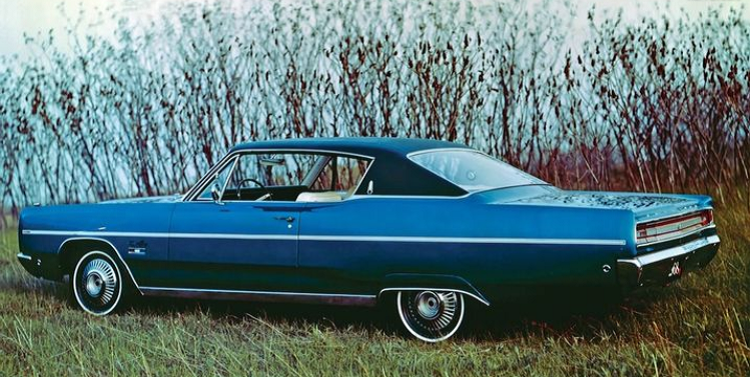
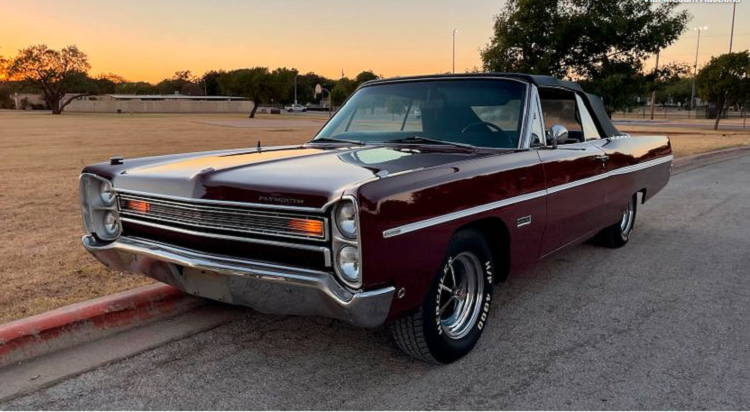


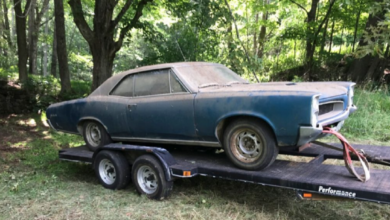
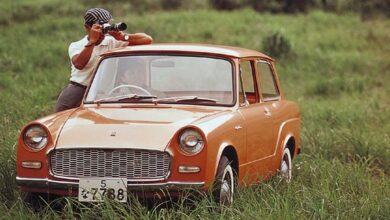

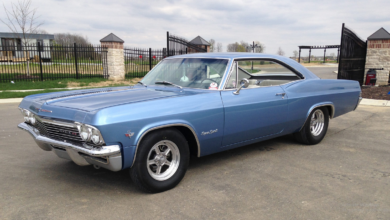
I think this is among the most important info for me. And i am glad reading your article. But wanna remark on some general things, The site style is wonderful, the articles is really excellent : D. Good job, cheers|
I was just telling my friend about that.